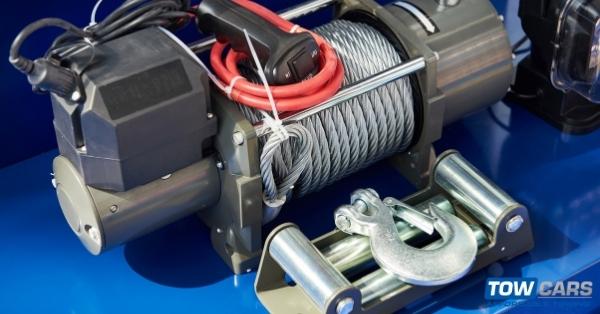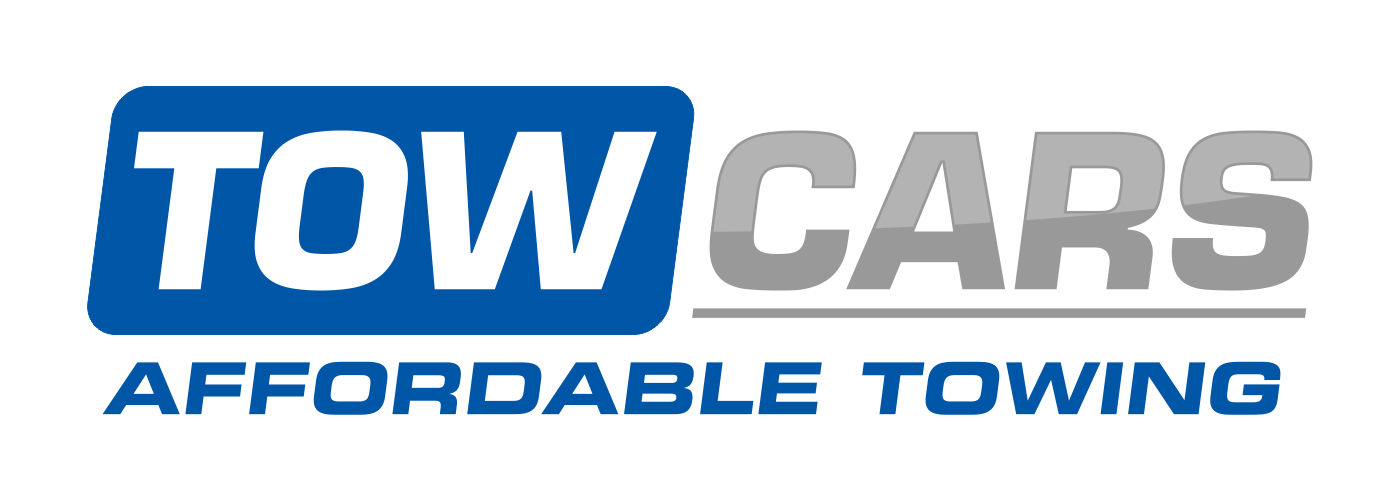Being able to get yourself out of trouble without having to hire a central city towing crew is great, but it’s not as easy as it may seem. In fact, improper use of winches can cause serious damage both to your vehicle and you personally. This is why you need to know what you’re doing in situations like these and prevent bad scenarios from happening. Always keep in mind that safety should be your number one priority.
We’ve made a list of winching techniques that should help you get a better idea of how to do it properly and safely. If you have no experience at all, we strongly recommend you to take a close look at these techniques and go through them diligently, so that you can be ready when dire times strike.
Useful Advanced Winching Techniques
Before we focus on the techniques, it’s a good idea to mention the importance of having the necessary equipment. Many people decide to “cheat” and ignore the importance of quality equipment, which can and will consequently cause safety concerns.
The equipment you should have:
- Gloves
- Hook strap
- Chain
- Snatch block
- Shackles
- Tree protector
The good thing about this is that you don’t have to buy each piece individually. Instead, there are plenty of accessory kits on the market that come with all the necessary equipment included.
Double-Line Pull
The double-line pull technique is usually used when the basic single-line method fails. This particular method offers twice the mechanical advantage in comparison to the single-line procedure thanks to the block and tackle method.
The setup is pretty straightforward. The first thing you should do is find an anchor point. This can be a tree, rock, stump, or another vehicle. Position the snatch block at the bottom of your anchor and secure it with a shackle.
Once you’ve set up the anchor, release the clutch and pull enough winch cable to reach the snatch block. Make sure your anchor is close to the vehicle you’re pulling so that you don’t have to re-spool the line. Push the cable through the snatch block and secure it with the shackle. This “double pass” is what makes this method twice as powerful in comparison to the single-line pull.
The Slingshot Method
The slingshot technique is usually used when two vehicles are facing the same direction. The setup is somewhat similar to the aforementioned one in the sense that you should hook up the snatch in front of the vehicles and let the winch of the recovery vehicle pull the car that’s stuck.
As usual, safety is the number-one priority, so make sure both vehicles are secured and unable to move. On top of that, use a snatch block and tree protector in order to create a good anchor point around the tree. Putting a winch damper on both sides of the rope for improved safety is a must.
You may need to unspool your winch a bit more in order to reach the front of the vehicle that’s being recovered. Once you set everything up, get into the vehicle, and spool in your winch.
Line Redirect Method
In this particular method, the snatch block serves as a means to change the direction of the winch. In other words, it doesn’t offer any mechanical advantages, such as multiplying the power of the pull.
The setup is very similar to the double-line pull setup, except that the anchor point should be in line with the pull vector. As far as safety measures go, the concept is the same for almost every method in this article. Make sure everyone is out of harm’s way, the vehicles are stabilized, and the anchor is secured.
How to Mount a Winch on a Trailer
Now that we’ve covered a couple of techniques that will come in handy if you get into trouble, it’s time to focus on how to mount and handle a winch on a trailer.
First off, it’s important to point out that a winch mechanism is not a shiny and cool accessory you have on your trailer. Instead, it’s a potentially dangerous piece of equipment that should be handled properly at all times, or it may cause serious issues. Now that we’ve got that out of the way, let’s focus on the next steps.
-
Choosing a Good Winch
In order to get a suitable winch, you should multiply the gross vehicle weight (GVW) by 1.5. So, for example, if the GVW of your vehicle is 6,000lbs, you should consider getting one that’s rated for 9,000 lbs. Bear in mind; these are only arbitrary estimates rather than ratings for a specific vehicle.
Typically, the first layer of the rope that surrounds the winch drum is the max load of the winch. Every subsequent layer deducts around 10% of the rated line pull. In other words, if your winch is rated at 9,000lbs, the second layer is estimated to pull around 8,100lbs and the third around 7,300lbs, etc.
-
Step By Step Installation
Now that you’ve found the appropriate winch, it’s time to mount it on your trailer.
The steps are as follows:
Locate the center of the trailer between its two longest sides. Use a simple tape measure for this step and make sure to choose a spot that’s close to the front of the trailer. Mark the spot with a marker as this is where the winch will be installed.
Remove the winch plate from the winch kit. This is a flat metal sheet with holes that will allow you to mount the mechanism. Center the template, and trace the marks you’ve made with the marker.
Drill holes through the marked points, line up the winch with the holes you’ve drilled and insert a bolt in each hole to make sure everything is aligned and centered.
Drill another hole that will serve as a connection with the battery of your trailer. Run the wires through the tunnel toward the battery, connect the red cable with the positive side of the battery and the black wire with the negative post.
Congratulations, you have successfully mounted your new winch! Since this is a somewhat simplified step-by-step set of instructions, make sure to refer to the manual you got with the winch if you ever run into issues. Bear in mind that there are many ways of installing a winch on your trailer, so feel free to use whichever seems the simplest to you. One thing you should always keep in mind is safety, so don’t skip any steps and don’t ignore the mandatory safety measures.
In case you end up in a predicament and don’t have a winch installed on your vehicle, call us, and we will be more than happy to intervene. We have years of experience in the business and thousands of successful interventions behind us. If you’re interested in finding more about our towing services or methods you can use to get yourself out of trouble, don’t hesitate to read some of our other articles!
Our Services
- Car Towing
- Van Towing
- Truck Towing
- Emergency Towing
- 24/7 Towing
- Motorcycle Towing
- Cheap Towing
- Old Car Removal
- Junk Car Removal
- Roadside Assistance
- Boat Towing
- Bus Towing
- Clearway Towing
- Accident Towing
- Caravan Towing
- Trailers Towing
- Parking Towing
- 4WD Towing
- Limousine Towing
- Commercial Towing
Give us a call right now! – Click on the number if you are on a mobile (03) 4118 9475
Tow car service is very close to Bonbeach, please check below map.
Tow Cars – 24/7 Tow Truck Service – Emergency Towing Melbourne
- Keysborough - 170 Chapel Rd, Keysborough VIC 3173
- Derrimut - 24 Maxwelton Circuit, Derrimut VIC 3030
- Broadmeadows - 5 Holberry St, Broadmeadows VIC 3047
- Hallam - 4/37-41 Hallam S Rd, Hallam VIC 3803


Recent Comments